Series Five Essential Practices for the Teaching of ELLs - Elementary : Making a Claim About Variation: Designated ELD
ELA.SL.2.1a
| Common core State Standards
- ELA: English Language Arts
- SL: Speaking and Listening Standards K-\x80\x935
- 2: 2nd Grade
-
1a:
Participate in collaborative conversations with
diverse partners about grade 2 topics and texts
with peers and adults in small and larger groups.
a. Follow agreed-upon rules for discussions (e.g.,
gaining the floor in respectful ways, listening to
others with care, speaking one at a time about
the topics and texts under discussion).
b. Build on others'\x80\x99 talk in conversations by linking
their comments to the remarks of others.
c. Ask for clarification and further explanation
as needed about the topics and texts under
discussion.
ELA.SL.2.1b
Common core State Standards
- ELA: English Language Arts
- SL: Speaking and Listening Standards K-5
- 2: 2nd Grade
-
1b:
Participate in collaborative conversations with
diverse partners about grade 2 topics and texts
with peers and adults in small and larger groups.
a. Follow agreed-upon rules for discussions (e.g.,
gaining the floor in respectful ways, listening to
others with care, speaking one at a time about
the topics and texts under discussion).
b. Build on others'\x80\x99 talk in conversations by linking
their comments to the remarks of others.
c. Ask for clarification and further explanation
as needed about the topics and texts under
discussion.
Save to My Resources
PLEASE CREATE A NEW ACCOUNT OR LOG IN TO ACCESS THIS CONTENT
Enjoy your first video for free. Subscribe for unlimited access.
Have questions about subscribing?
Click Here to learn more about individual subscriptions.
Click Here to learn more about School and Institution access.
Discussion and Supporting Materials
Thought starters
- What supports does Ms. Dearlove offer her students to help them make a claim?
- How does the small group instruction help ELL students transition to the whole class lesson?
- How could you incorporate small group instruction into your lessons?
In Partnership With:

School Details
Glen Park Elementary School151 Lippard Avenue
San Francisco CA 94131
Population: 363
Data Provided By:

Teachers
Anna Dearlove
English Language Arts Math Science Social Studies Arts / 2 / Teacher
Newest
|
4 MIN
|
5 MIN
|
5 MIN
UNCUT CLASSROOMS
| TCHERS' VOICE
English Language Arts
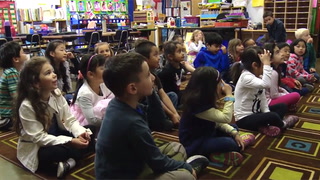
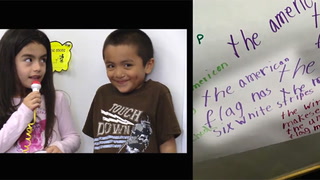

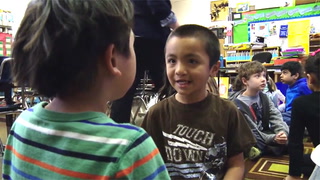


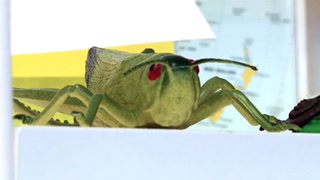
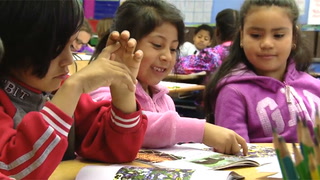
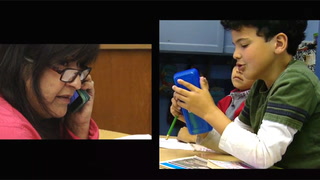










4 Comments
yehia El-Badry Jan 1, 2018 4:49am
Timothy Mann Jun 10, 2017 12:41am
Heather Lebus Jan 29, 2017 1:49pm
Andrea Devine Jan 28, 2017 11:42pm